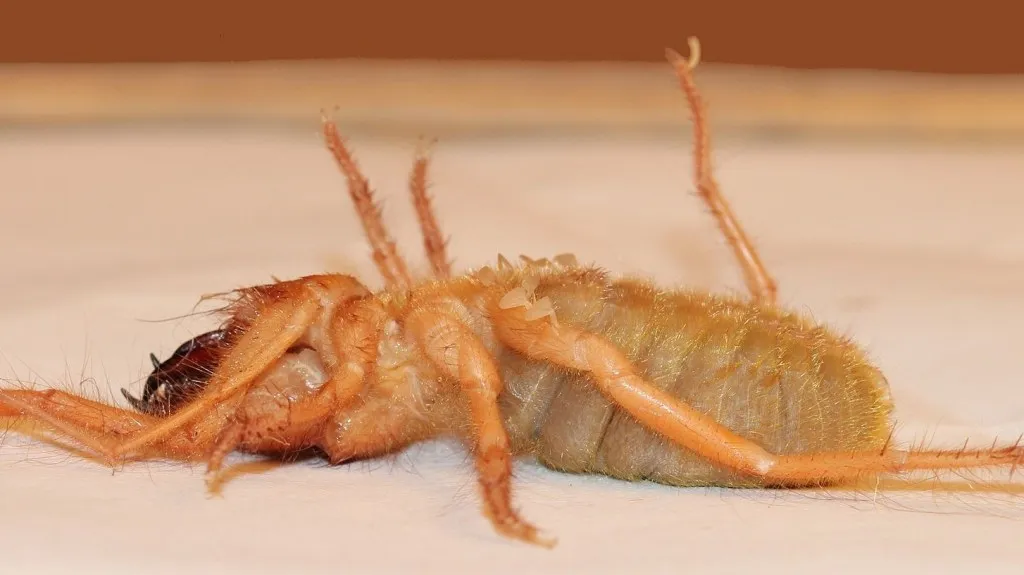Camel Spider vs Tarantula Size Comparison
The natural world is filled with incredible creatures, and the question of which animal would win in a fight often sparks curiosity. One such query is whether a camel spider is bigger and more formidable than a tarantula. This article will delve into a detailed comparison of these arachnids, analyzing their physical attributes, habitats, hunting strategies, and defensive capabilities to determine which one typically emerges victorious in a confrontation. Understanding the size difference between these two is the key to understanding the answer to the question, so let’s examine both closely.
Camel Spider Physical Attributes
Camel Spider Size Measurements
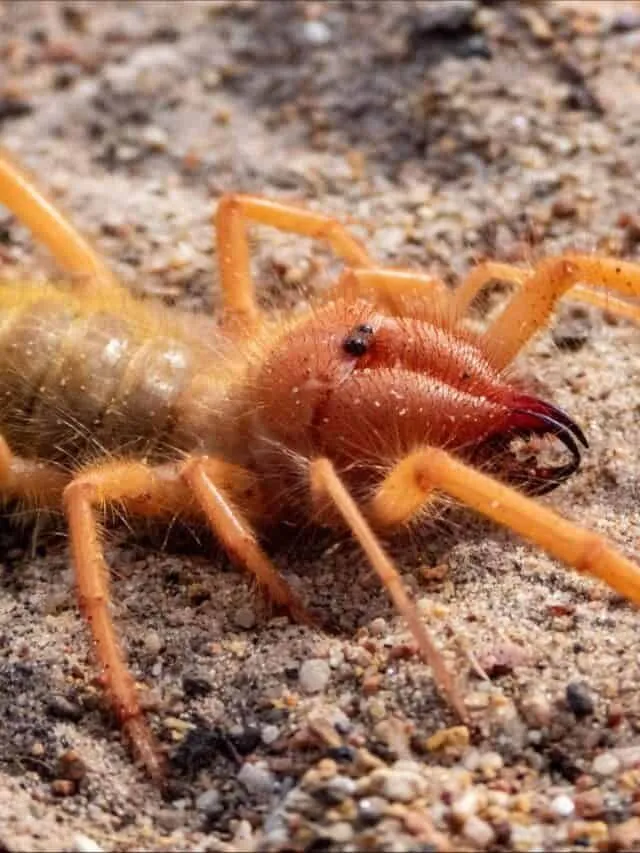
Camel spiders, also known as solifuges or sun spiders, are known for their relatively large size and elongated bodies. They can range in size, but the body length of some species can reach up to 6 inches (15 cm), including their chelicerae (jaws). Their legs are long and slender, adding to their overall size. They are not spiders, despite their name. The largest camel spiders can be quite intimidating to behold, possessing powerful jaws and a remarkable running speed.
Camel Spider Appearance and Characteristics
Camel spiders have a distinct appearance, with a pair of large chelicerae that are used for both capturing prey and defense. They possess a pair of pedipalps, which resemble small legs, used for sensing their environment. Their bodies are segmented, and they typically have a tan or brown coloration, which helps them blend into their desert habitats. They are known for their speed and aggressive nature, often darting around in search of food or avoiding threats.
Tarantula Physical Attributes
Tarantula Size Measurements
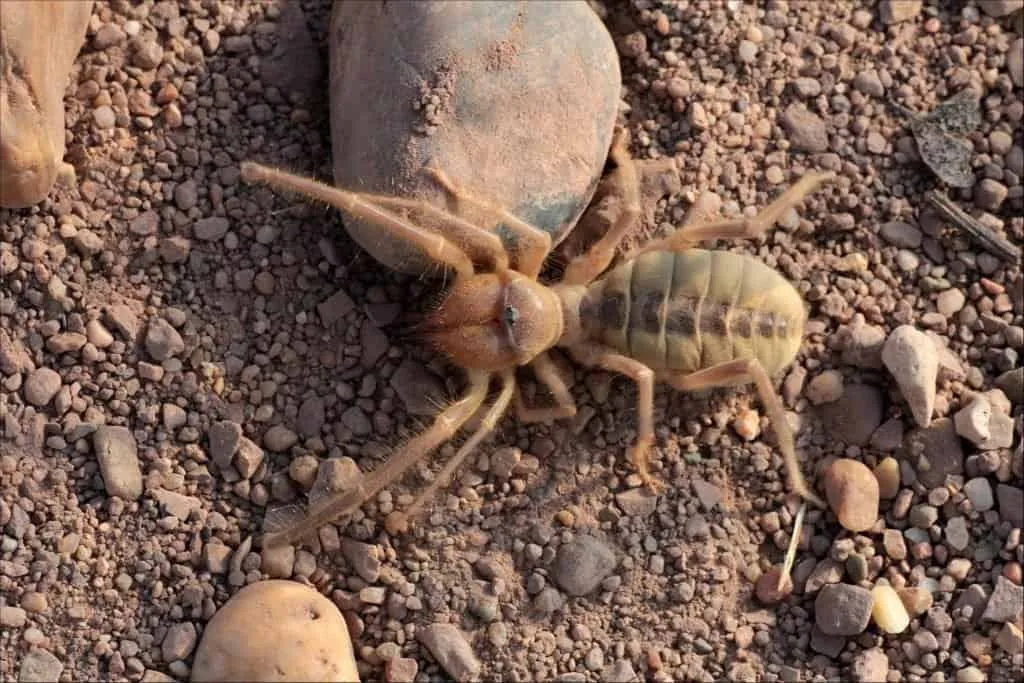
Tarantulas are among the largest spiders in the world. Their size varies significantly depending on the species, with some having leg spans of over 10 inches (25 cm). Body lengths typically range from 2.5 to 4 inches (6 to 10 cm). Their size makes them formidable predators, and their appearance can be quite striking. The sheer size of some tarantula species is what often leads people to wonder how they stack up against other large arachnids.
Tarantula Appearance and Characteristics
Tarantulas are characterized by their hairy bodies and large fangs. They have eight legs, eight eyes, and two body segments: the cephalothorax and the abdomen. Their coloration varies depending on the species, with some displaying vibrant patterns and colors. They are known for their docile nature, although they can bite when threatened. They also have urticating hairs that they can flick at predators as a defense mechanism.
Habitat and Geographic Distribution
Camel Spider Habitats
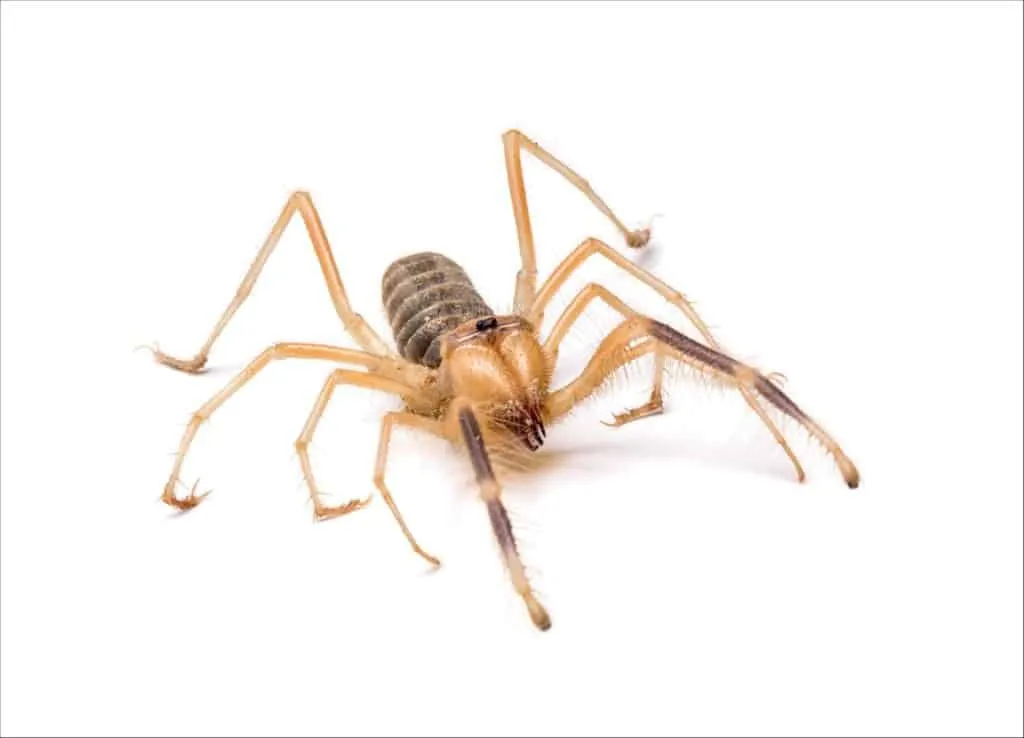
Camel spiders are primarily found in arid and semi-arid environments, including deserts, grasslands, and scrublands. They thrive in hot, dry climates and are commonly found in the Middle East, Africa, and the Southwestern United States. Their nocturnal habits allow them to avoid the intense heat of the day, emerging at night to hunt and forage. They are well-adapted to survive in harsh conditions, often burrowing underground to escape extreme temperatures.
Tarantula Habitats
Tarantulas inhabit a wide range of environments, including tropical rainforests, grasslands, and deserts. They are found on every continent except Antarctica. Their preferred habitats vary depending on the species, with some living in burrows, others in trees, and some under rocks or in leaf litter. Their adaptability has allowed them to colonize diverse regions around the globe. Their presence in an environment is often dependent on the availability of prey and suitable shelter.
Hunting Strategies and Behaviors
Camel Spider Hunting
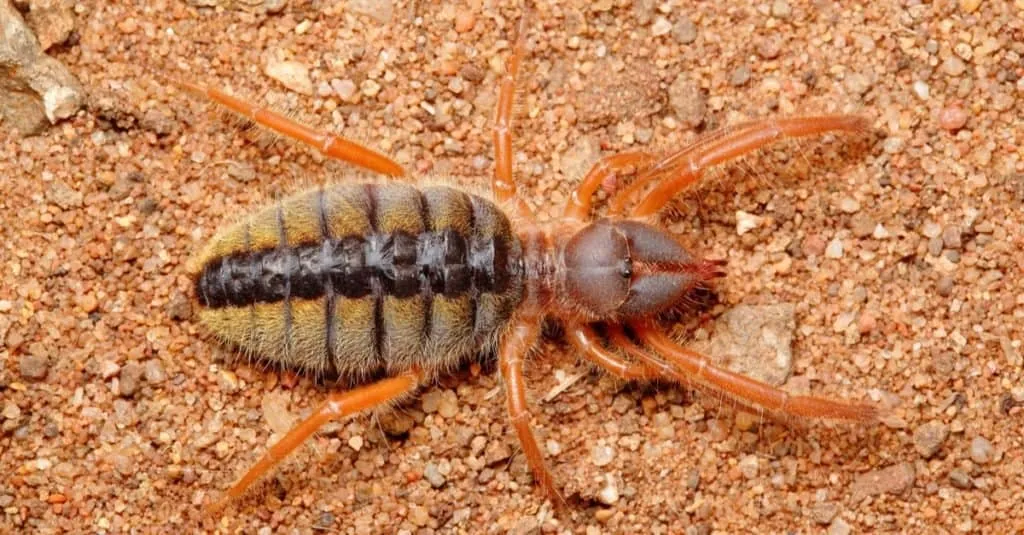
Camel spiders are opportunistic predators, feeding on insects, small vertebrates, and other arthropods. They are known for their speed and agility, allowing them to chase down prey with impressive efficiency. They use their powerful chelicerae to crush and tear apart their food. They are also known to scavenge, feeding on dead animals and other organic matter. Their hunting style is aggressive and direct, reflecting their need to survive in challenging environments.
Tarantula Hunting
Tarantulas are ambush predators, typically waiting in or near their burrows for prey to come within reach. They primarily feed on insects, but larger tarantulas can also capture small vertebrates such as rodents, lizards, and birds. When a prey item gets close, they strike quickly, injecting venom to paralyze their victim. They then use their fangs to tear into the prey and consume it. Their hunting style is patient and calculated, reflecting their ability to outwait their prey.
Combat and Defensive Capabilities
Camel Spider Defensive Mechanisms
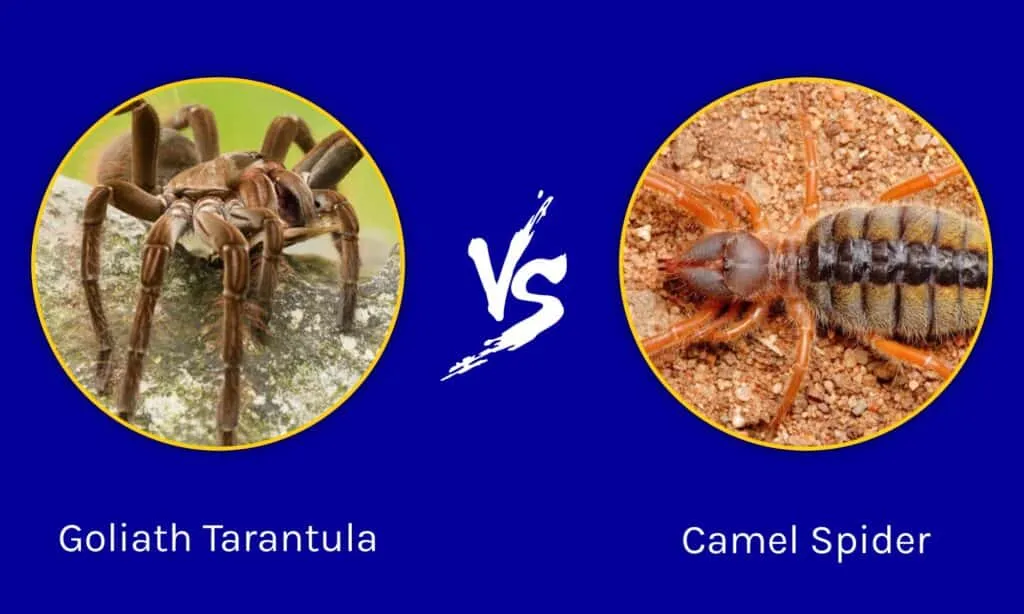
Camel spiders have a variety of defensive mechanisms to protect themselves from predators. Their speed is a primary defense, allowing them to evade threats. They can also bite with their powerful chelicerae, delivering a painful bite. Some species make a hissing sound by rubbing their legs together to startle potential attackers. They can also be extremely aggressive, which often deters predators. Their ability to move quickly and attack aggressively makes them a formidable foe.
Tarantula Defensive Mechanisms
Tarantulas employ several defensive strategies. Their first line of defense is usually to try and escape. They also have urticating hairs on their abdomen, which they can flick at attackers. These hairs cause irritation and discomfort. Tarantulas can also bite if provoked, injecting venom that can cause pain and swelling. Some species will also rear up and display their fangs, warning potential threats to back off. Their defense mechanisms are designed to deter predators and avoid direct conflict.
Who Usually Wins
Factors Influencing the Outcome
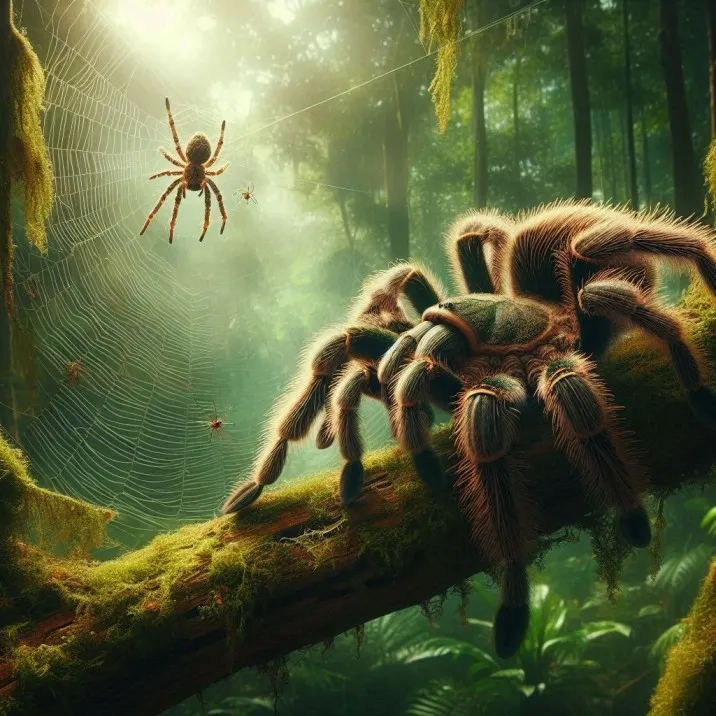
Determining who would win in a fight between a camel spider and a tarantula is complex. The outcome is influenced by several factors, including the size of the individuals, their aggression levels, and the specific species involved. In many cases, the size of the combatants will be the deciding factor. Also, environmental conditions play a role. In addition, the location of the encounter, such as open ground or a burrow, will influence the outcome. The fight would be a battle of attrition and skill.
Size and Strength as Deciding Factors
While camel spiders are known for their speed and powerful jaws, tarantulas often have the advantage in terms of sheer size and strength. Larger tarantulas would likely be able to overpower camel spiders, especially if they could land a bite with their venomous fangs. However, a particularly large and aggressive camel spider might pose a serious threat to a smaller tarantula. Ultimately, the outcome of a fight would depend on the specific individuals involved and the conditions of the encounter. As a general rule, the larger animal usually wins. The tarantula would win more often than not.
Conclusion
In conclusion, while both camel spiders and tarantulas are formidable predators in their own right, the tarantula often has the upper hand in a direct confrontation due to its size and strength. However, the outcome of such a fight can be influenced by various factors, including the species involved, the individual’s size and aggression, and the environment. It is always interesting to consider the battle between such different species. It is a fascinating case study of the natural world. Regardless of the winner, both animals are incredible examples of adaptation and survival in their respective habitats. Further research and observation will continue to provide insight into the dynamics of these fascinating creatures.
